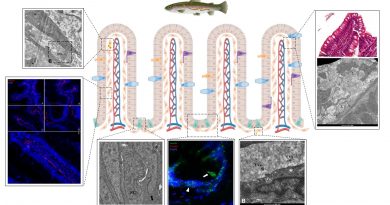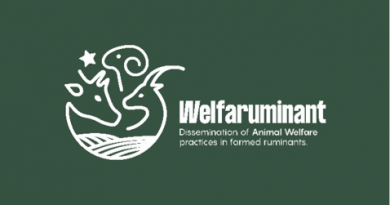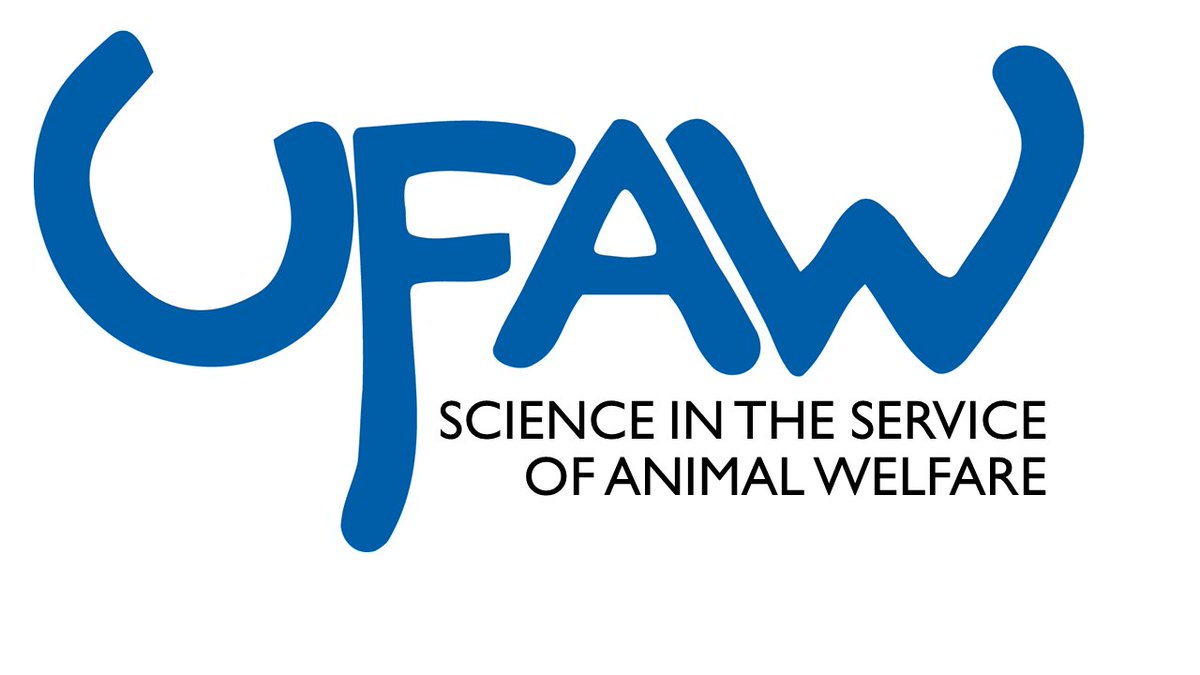Telocytes: A new cell population useful for studying the intestinal homeostasis of rainbow trout
The diet of carnivorous fish species has recently evolved with the gradual replacement of fish meal and fish oil with more sustainable protein and lipid sources. Therefore, academia and feed industries are searching for alternative raw materials to ensure the fish’s gastrointestinal tract health and satisfy their physiological requirements.
In this scenario, the research group, coordinated by prof. Fulvio Gandolfi, explored the effects of alternative feed formulations under a new perspective correlating diet-induced changes on the morphology and on the absorptive capability of the RT gut with modifications of the specialized proliferative units known as intestinal stem cell niches. In this work UNIMI team, examined the response of the RT intestine after the administration of a vegetable based-diet known to cause an adverse effect on gut function. Surprisingly, the team found that conversely to what commonly happened in mammalians species, the RT reacts by increasing the absorptive surface probably for compensating diet-induced damages. Moreover, they discovered that this extension is driven by novel stem cell niches generated completely outside of the classical proliferative compartment.
The obtained results elucidate how the stem cell niches behave in intestinal homeostasis maintenance in response to a challenging diet further emphasizing the big difference between mammals and fish species.




